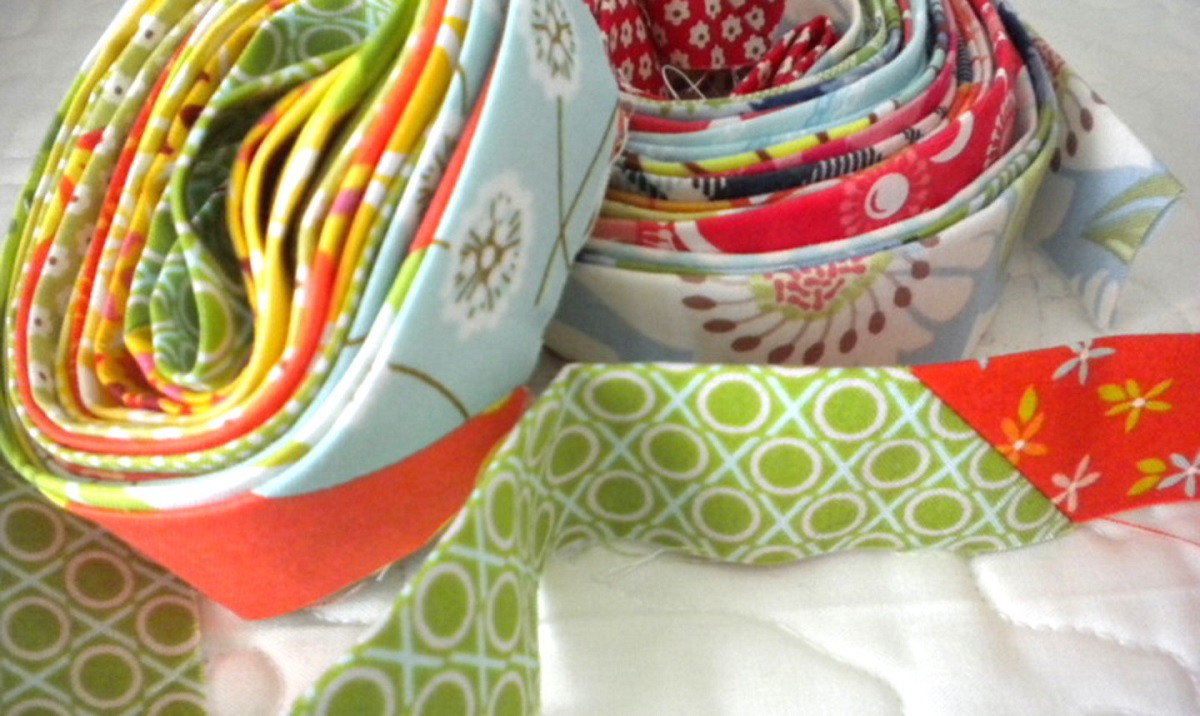

Articles
How Much Fabric Is Needed For A Quilt Border
Modified: January 5, 2024
Discover the essential articles on calculating the perfect amount of fabric required for your quilt border. Complete your quilting project with confidence!
(Many of the links in this article redirect to a specific reviewed product. Your purchase of these products through affiliate links helps to generate commission for Storables.com, at no extra cost. Learn more)
Introduction
Welcome to our comprehensive guide on figuring out how much fabric is needed for a quilt border. If you’re an avid quilter or simply a beginner looking to expand your knowledge, understanding how to calculate the fabric requirements for your quilt borders is an essential skill.
Quilt borders play an important role in framing and enhancing the overall appearance of a quilt. They can add a touch of elegance, create visual interest, and provide a finishing touch to your beautiful creation. However, when it comes to determining how much fabric you’ll need for your quilt borders, it’s not as straightforward as it may seem.
In this article, we’ll delve into the intricacies of quilt borders, discuss the factors to consider when deciding on border length and width, and provide you with a simple formula to calculate the fabric requirements. We’ll also walk you through some examples to give you a clear understanding of how it all comes together.
Whether you’re planning to make a small lap quilt or a king-sized masterpiece, understanding the fabric requirements for the borders is crucial to ensure you have enough material, avoid wastage, and achieve a harmonious design. So, let’s dive right in and demystify the world of quilt borders!
Key Takeaways:
- Calculate quilt border fabric requirements accurately by considering quilt size, design, and personal preference. Use a simple formula to determine dimensions and minimize fabric wastage.
- Quilt borders are not just functional but also contribute to the overall aesthetic. Calculate fabric requirements to ensure enough material, minimize wastage, and achieve a visually pleasing result.
Read more: How Much Fabric Is Needed For A Quilt
Understanding Quilt Borders
Quilt borders are the strips of fabric that are added to the edges of a quilt top to give it a finished look. They serve both functional and aesthetic purposes, providing stability to the quilt and enhancing its overall appearance.
When it comes to quilt borders, there are a few key things to keep in mind:
- Width: The width of the quilt border can vary depending on your personal preference and the design of the quilt. Traditionally, quilt borders are between 2 and 6 inches wide, but you can adjust the width to suit your needs. Keep in mind that a wider border will result in a larger quilt, while a narrower border will keep the focus on the quilt center.
- Style: Quilt borders can be simple or intricate, depending on the overall design of your quilt. They can be made from the same fabric as the quilt top, a coordinating fabric, or even a contrasting fabric to add visual interest.
- Cornerstones: Cornerstones are small squares or rectangles of fabric that are added at the corners of the quilt border. They add a decorative element and help to stabilize the corners, preventing them from sagging over time.
- Multiple Borders: Some quilts may have multiple borders of different widths to create a layered effect. This can add depth and dimension to the quilt design.
Understanding these aspects of quilt borders will help you make informed decisions when it comes to calculating the fabric requirements.
Next, let’s explore the factors you need to consider when determining the length and width of your quilt borders.
Factors to Consider
When deciding on the length and width of your quilt borders, there are several factors to keep in mind. These factors will impact the overall look and feel of your quilt, as well as the amount of fabric needed.
- Quilt Size: The size of your quilt top will influence the length and width of your borders. A larger quilt may require wider borders to maintain visual balance, while a smaller quilt might look best with narrower borders.
- Design: The design of your quilt can also influence the width of the borders. If your quilt has intricate piecing or a complex pattern, you may want to choose wider borders to provide enough space for the design to shine. On the other hand, if your quilt has a more minimal or modern design, narrower borders can complement the simplicity of the quilt top.
- Contrast: Consider the contrast between your quilt top and the borders. If you want the borders to stand out and frame the quilt, choose a fabric that contrasts with the colors and patterns of the quilt top. On the other hand, if you want a more subtle or cohesive look, select a fabric that complements the quilt top.
- Border Pattern: The pattern or design of your border can also impact the amount of fabric needed. If you plan to add a border design such as mitered corners, you’ll need to account for the extra fabric required for the corner seams.
- Personal Preference: Ultimately, your personal preference plays a significant role in determining the length and width of your quilt borders. Consider the visual impact you want to achieve and how the borders will complement the overall design of your quilt.
By taking these factors into consideration, you’ll be able to make informed decisions about the length and width of your quilt borders, ensuring that they enhance the beauty of your quilt.
Next, let’s discuss how to calculate the fabric requirements for your quilt borders using a simple formula.
Determining Border Length and Width
Calculating the length and width of your quilt borders is a crucial step in determining the amount of fabric you’ll need. By following a simple formula, you can easily determine the dimensions of your borders.
Here’s how you can go about it:
- Measure the sides of your quilt top: Start by measuring the length and width of your quilt top. Note down these measurements as they will be used in the calculations.
- Decide on the border width: Determine the desired width for your quilt borders. This can be based on the factors we discussed earlier, such as quilt size, design, and personal preference.
- Calculate the border length: To calculate the length of your borders, add twice the desired border width to each side of the quilt top’s measurements. For example, if your quilt top measures 60 inches by 80 inches and you want a 4-inch border, the border length will be (60 + 4 + 4) inches by (80 + 4 + 4) inches, or 68 inches by 88 inches.
- Calculate the border fabric requirements: Once you have the border length, you can calculate the amount of fabric needed. Multiply the border length by the desired width to get the total fabric area required for the borders. To convert this area into yards, divide the result by 1,296 (1 yard equals 1,296 square inches).
By following these steps, you’ll be able to determine the length and width of your quilt borders and calculate the amount of fabric needed accurately.
Next, let’s dive into the formula for calculating the fabric requirements in more detail and explore some examples to help you better understand the process.
When adding a border to a quilt, a general rule of thumb is to measure the length of each side of the quilt and add them together. Then add 10-12 inches for corners and seam allowances. This will give you the total length of fabric needed for the border.
Border Calculation Formula
To simplify the process of calculating the fabric requirements for your quilt borders, you can use a straightforward formula:
Border Length = (Quilt Top Length + (2 * Desired Border Width)) by (Quilt Top Width + (2 * Desired Border Width))
This formula takes into account the measurements of your quilt top and the desired border width. By adding twice the border width to each side of the quilt top, you ensure that the borders will wrap around the edges, creating a balanced and visually appealing finished product.
Once you have calculated the border length using the formula above, you can move on to determining the fabric requirements:
Fabric Requirements = (Border Length * Desired Border Width) / 1,296
In this formula, the border length is multiplied by the desired border width to obtain the total fabric area needed for the borders. To convert this area into yards, divide the result by 1,296, as there are 1,296 square inches in a yard.
By using this formula, you can accurately calculate the fabric requirements for your quilt borders, taking into account the size and design of your quilt, as well as your personal preferences.
Now that we have covered the formula, let’s move on to some examples to illustrate how it works in practice.
Read more: How Much Fabric Is Needed For A Baby Quilt
Examples of Fabric Requirements
To better understand how the fabric requirements for quilt borders are calculated, let’s walk through a few examples:
- Example 1:
Quilt Top Size: 50 inches by 70 inches
Desired Border Width: 3 inches
Border Length Calculation: (50 + (2 * 3)) inches by (70 + (2 * 3)) inches = 56 inches by 76 inches
Fabric Requirements Calculation: (56 inches * 3 inches) / 1,296 = 0.1296 yards
In this example, for a quilt top measuring 50 inches by 70 inches and a desired border width of 3 inches, you would need approximately 0.1296 yards of fabric for the borders.
- Example 2:
Quilt Top Size: 60 inches by 80 inches
Desired Border Width: 5 inches
Border Length Calculation: (60 + (2 * 5)) inches by (80 + (2 * 5)) inches = 70 inches by 90 inches
Fabric Requirements Calculation: (70 inches * 5 inches) / 1,296 = 0.2695 yards
In this example, for a quilt top measuring 60 inches by 80 inches and a desired border width of 5 inches, you would need approximately 0.2695 yards of fabric for the borders.
- Example 3:
Quilt Top Size: 70 inches by 90 inches
Desired Border Width: 4 inches
Border Length Calculation: (70 + (2 * 4)) inches by (90 + (2 * 4)) inches = 78 inches by 98 inches
Fabric Requirements Calculation: (78 inches * 4 inches) / 1,296 = 0.24 yards
In this example, for a quilt top measuring 70 inches by 90 inches and a desired border width of 4 inches, you would need approximately 0.24 yards of fabric for the borders.
These examples demonstrate how the fabric requirements can vary based on the size of the quilt top and the desired border width. By applying the border calculation formula, you can ensure that you have the correct amount of fabric for your quilt borders.
Now that you have a firm grasp on determining fabric requirements, let’s wrap up our discussion.
Conclusion
Congratulations! You now have a comprehensive understanding of how to calculate the fabric requirements for quilt borders. By considering factors such as quilt size, design, contrast, and personal preference, you can make informed decisions about the length and width of your borders to achieve the desired look for your quilt.
Using the simple border calculation formula provided, you can easily determine the dimensions of your borders and the amount of fabric needed. This formula takes into account the measurements of your quilt top and the desired border width, resulting in accurate fabric requirements.
Remember, quilt borders are not just functional elements, but also key contributors to the overall aesthetic of your quilt. They can enhance the design, create visual interest, and provide a finishing touch to your masterpiece. Taking the time to calculate the fabric requirements for your borders ensures that you have enough fabric, minimizes wastage, and helps you achieve a harmonious and visually pleasing result.
So, the next time you embark on a quilting project, confidently calculate the fabric requirements for your quilt borders, and enjoy the process of bringing your vision to life!
Happy quilting!
Frequently Asked Questions about How Much Fabric Is Needed For A Quilt Border
Was this page helpful?
At Storables.com, we guarantee accurate and reliable information. Our content, validated by Expert Board Contributors, is crafted following stringent Editorial Policies. We're committed to providing you with well-researched, expert-backed insights for all your informational needs.
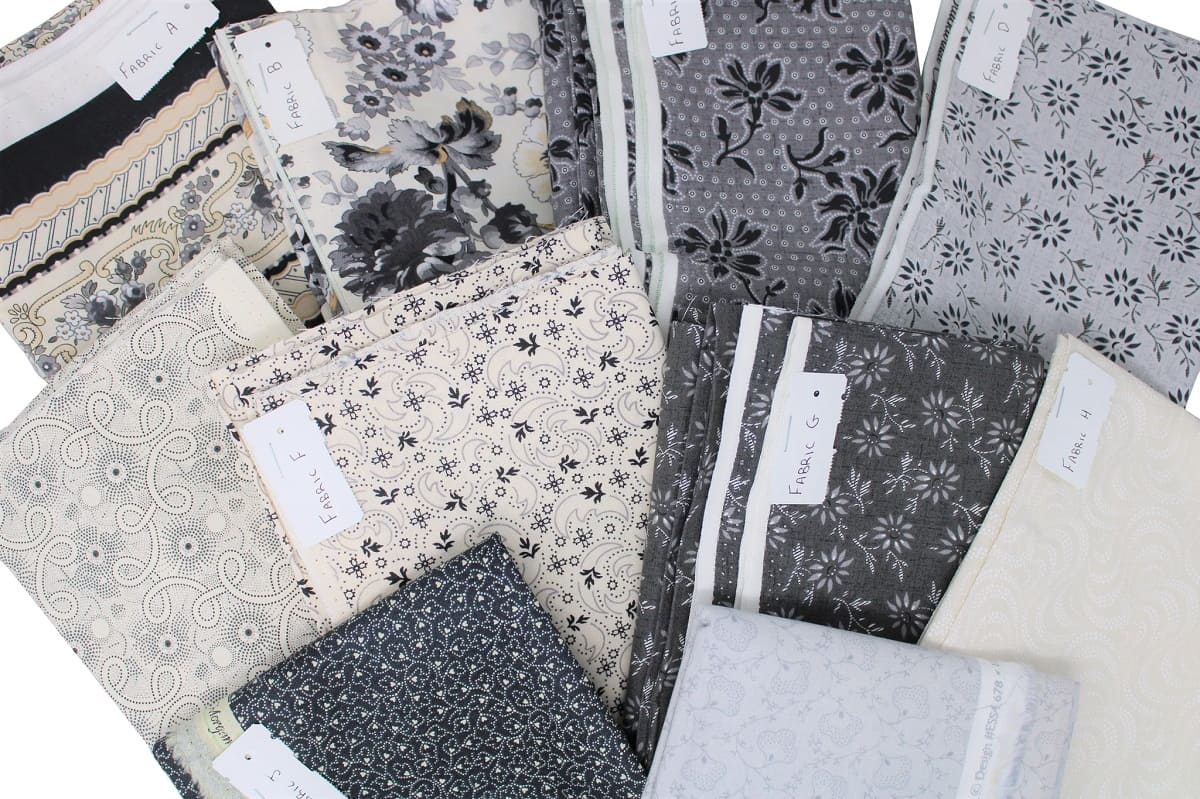
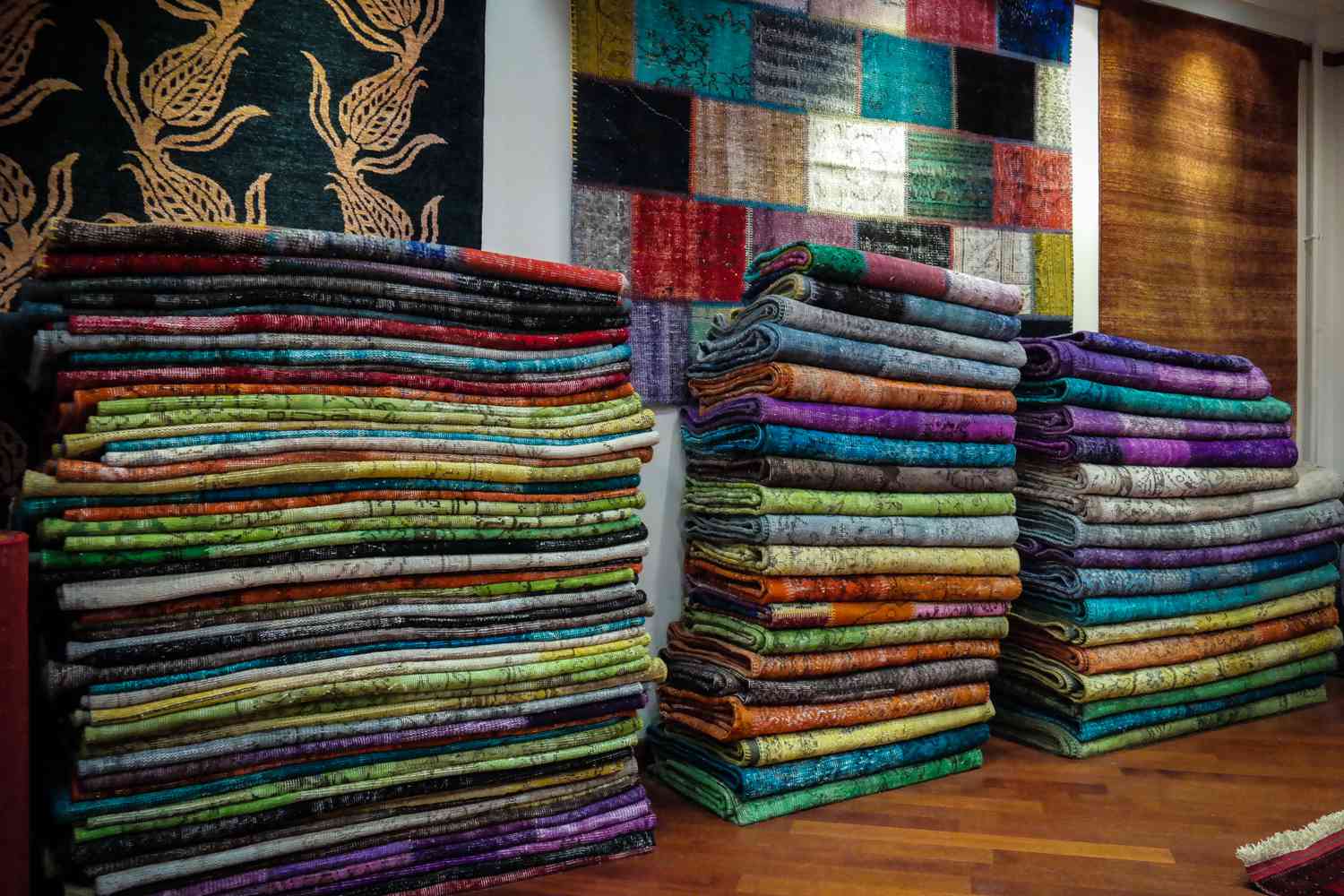
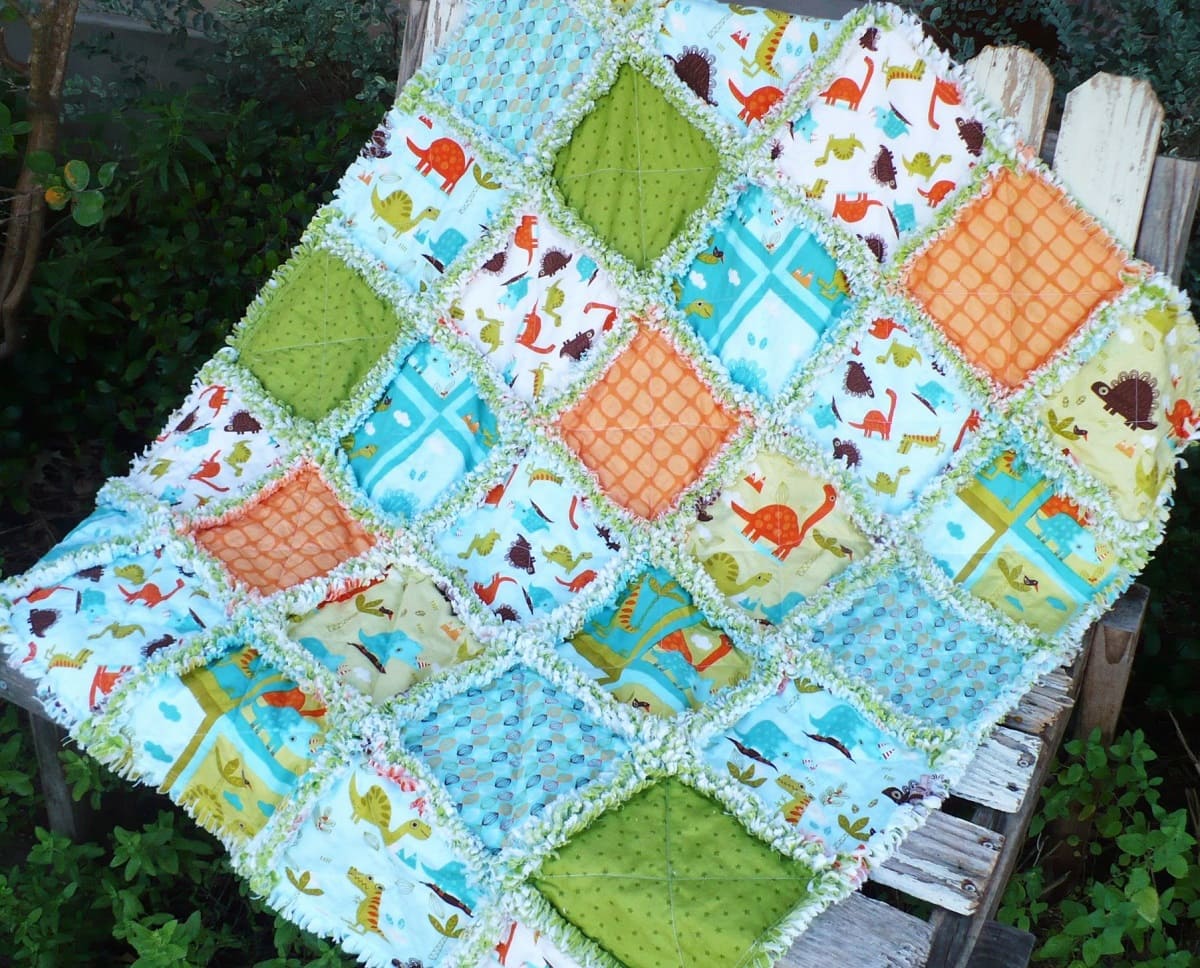
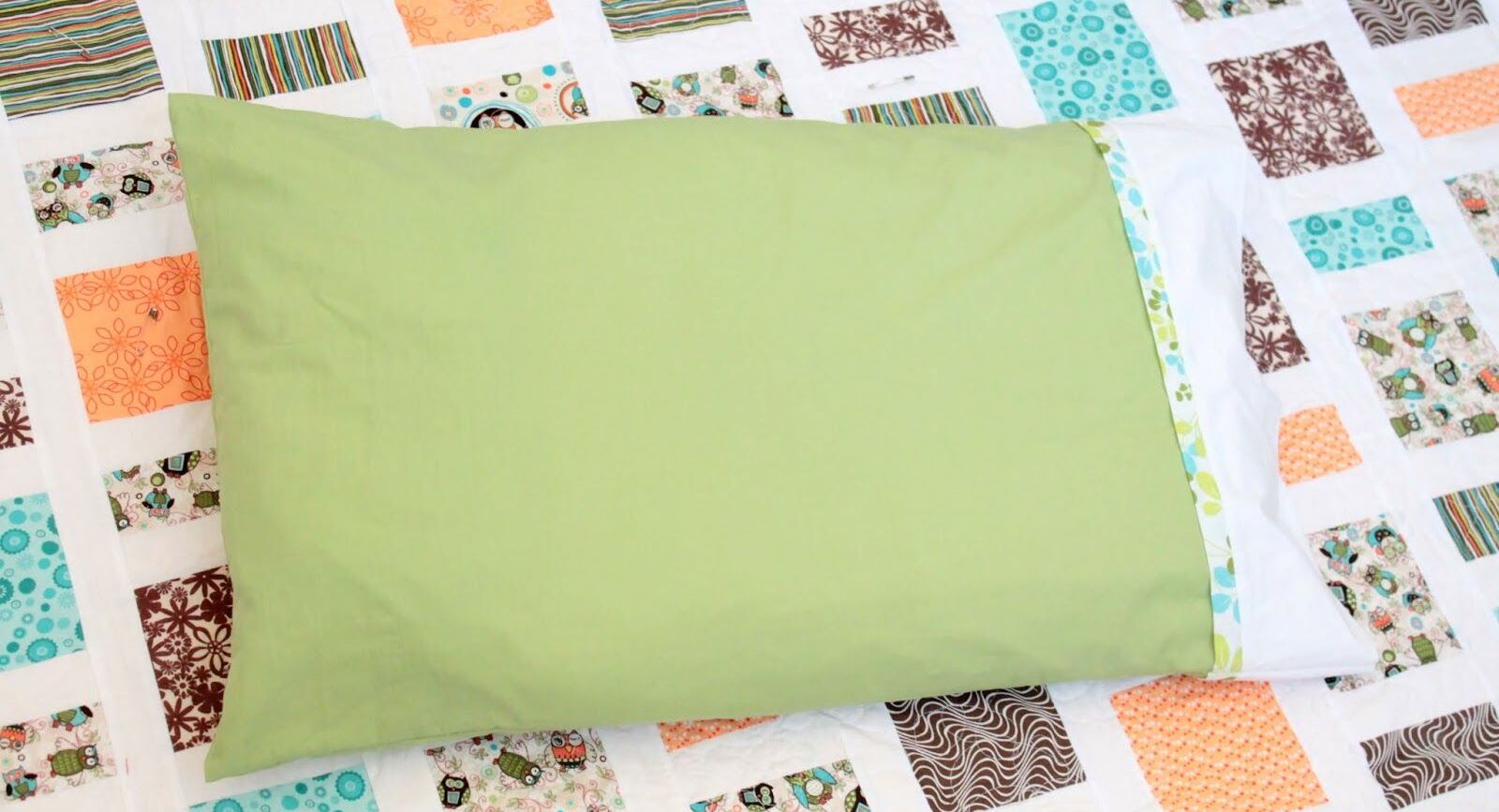
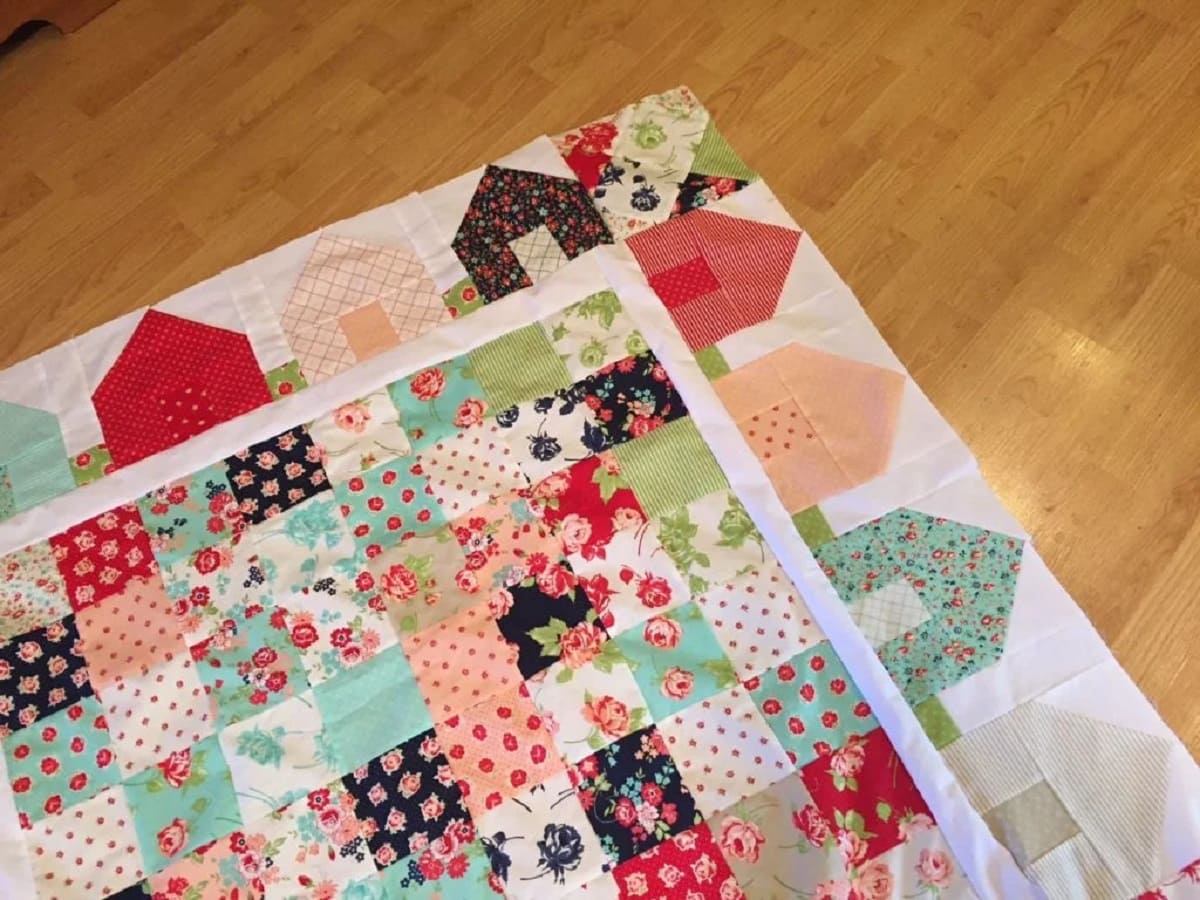
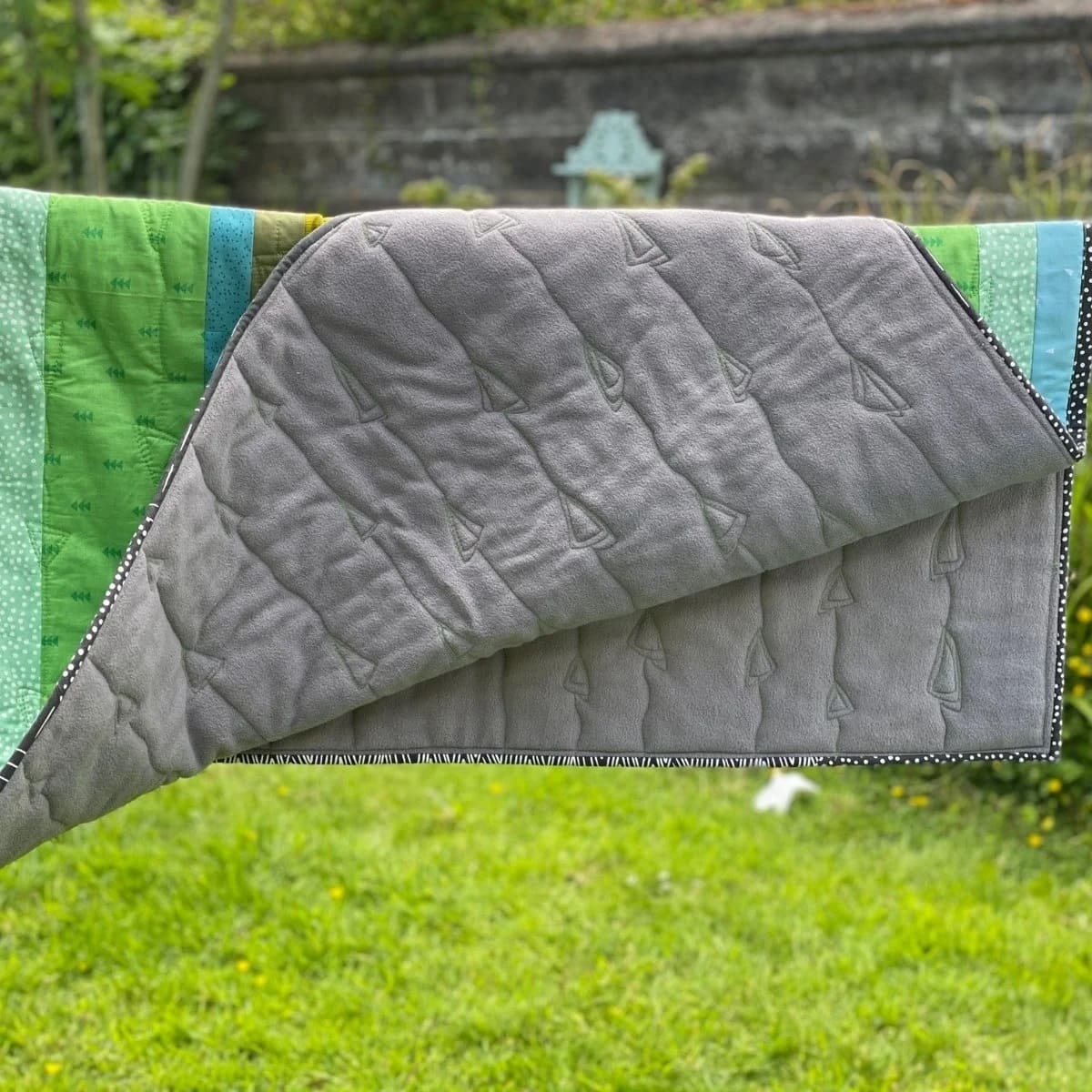
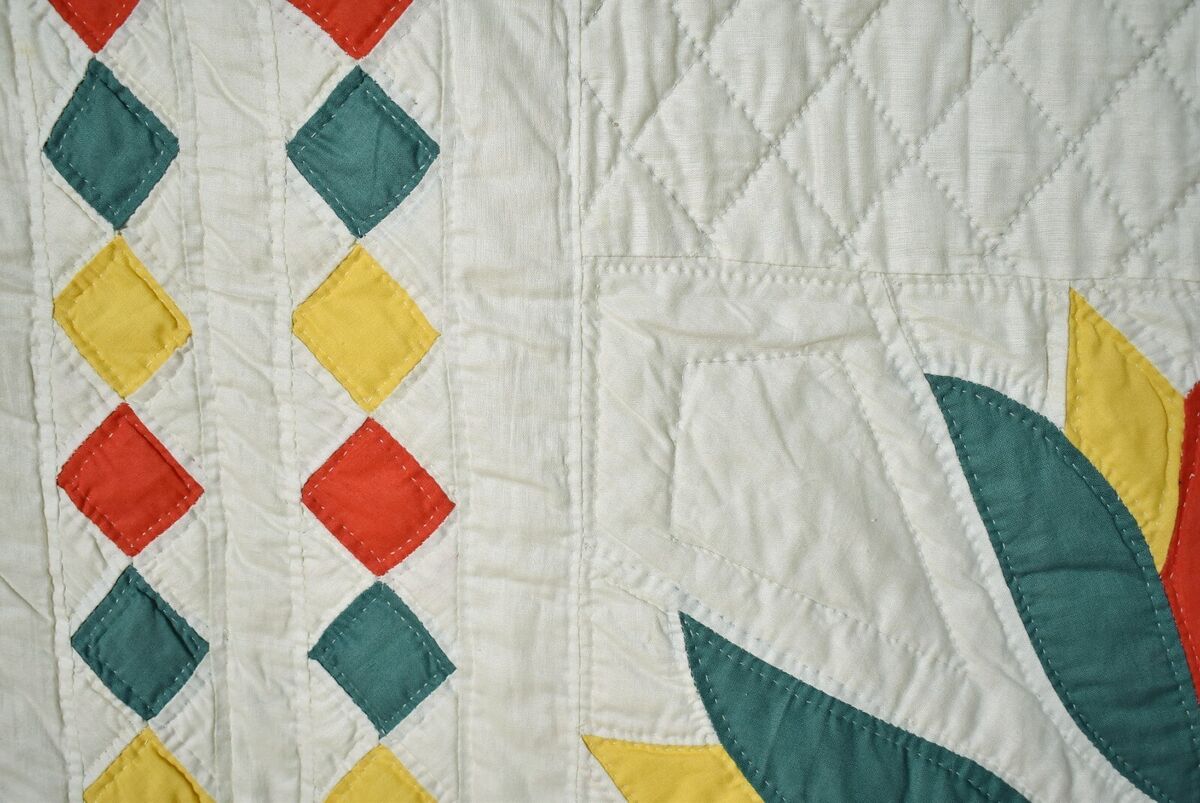
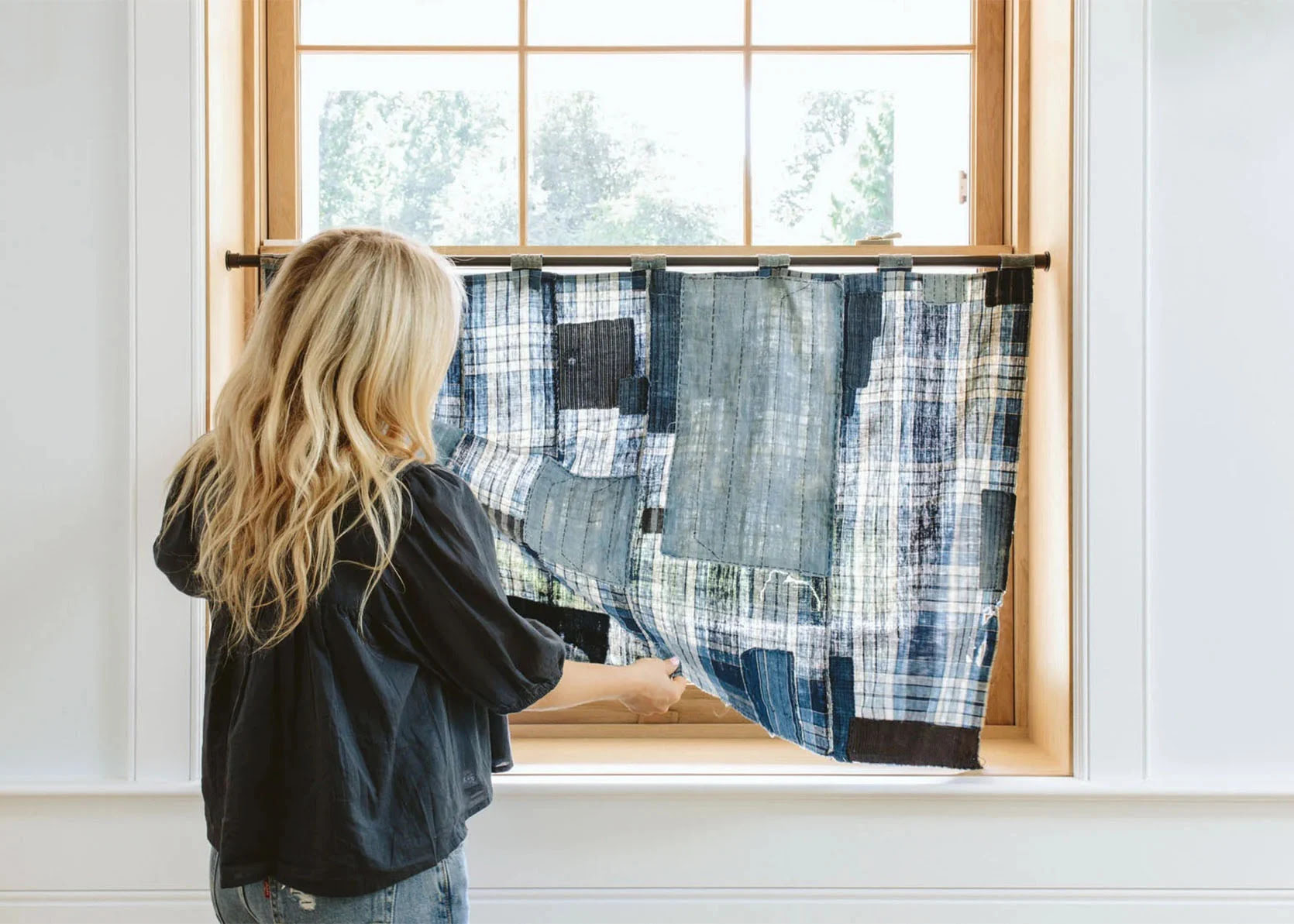
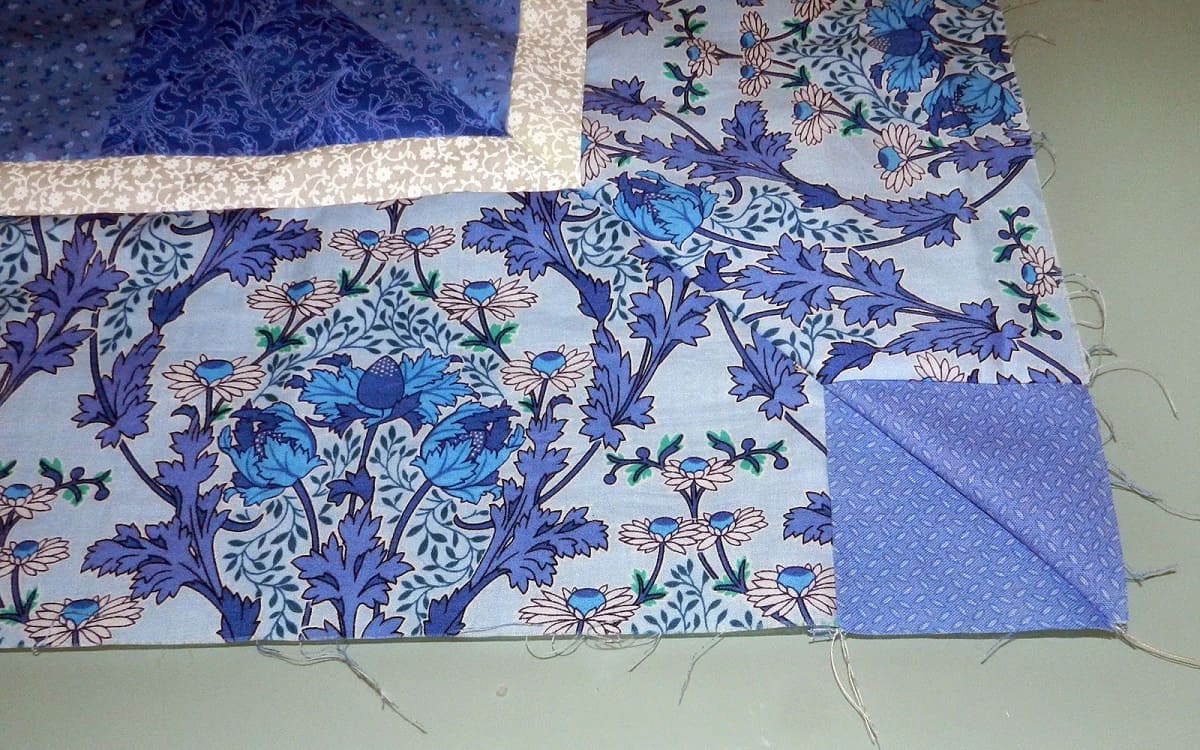
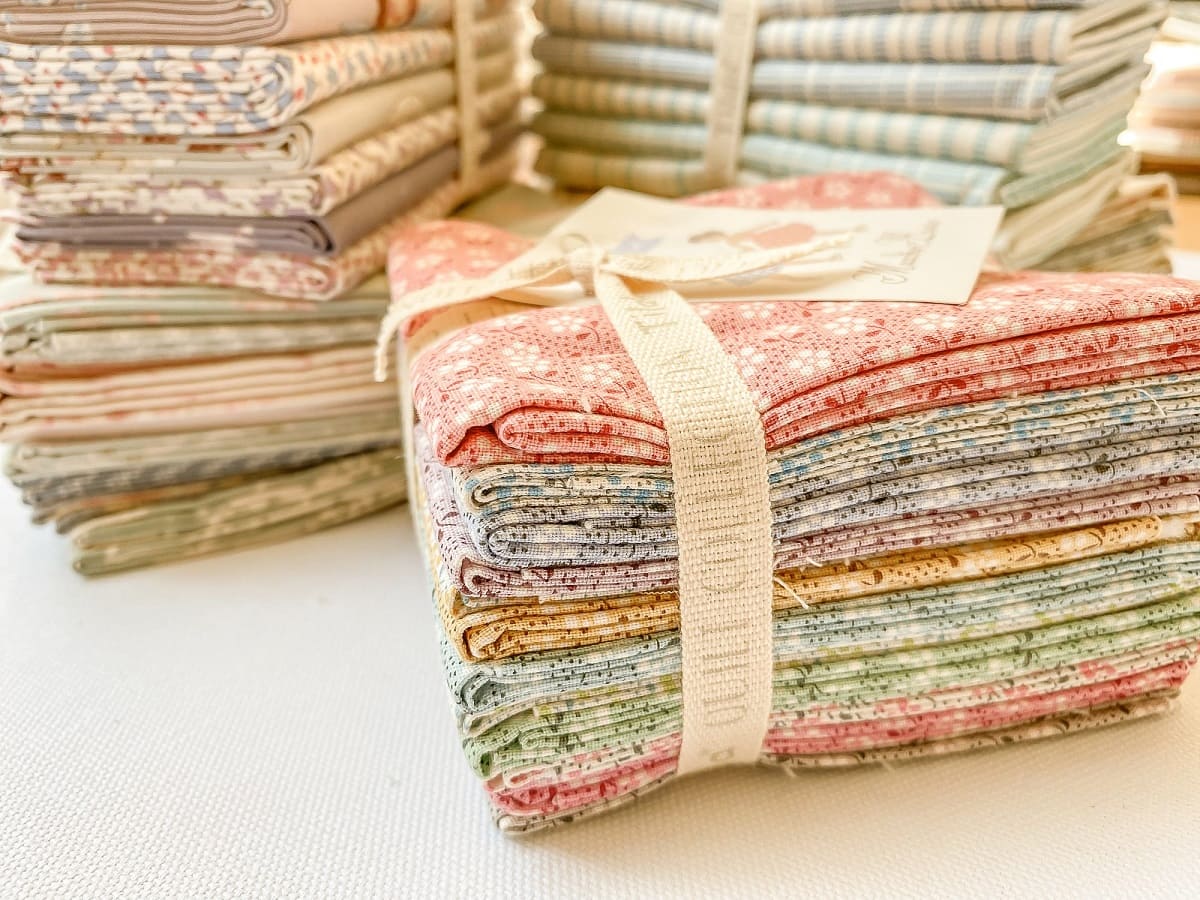
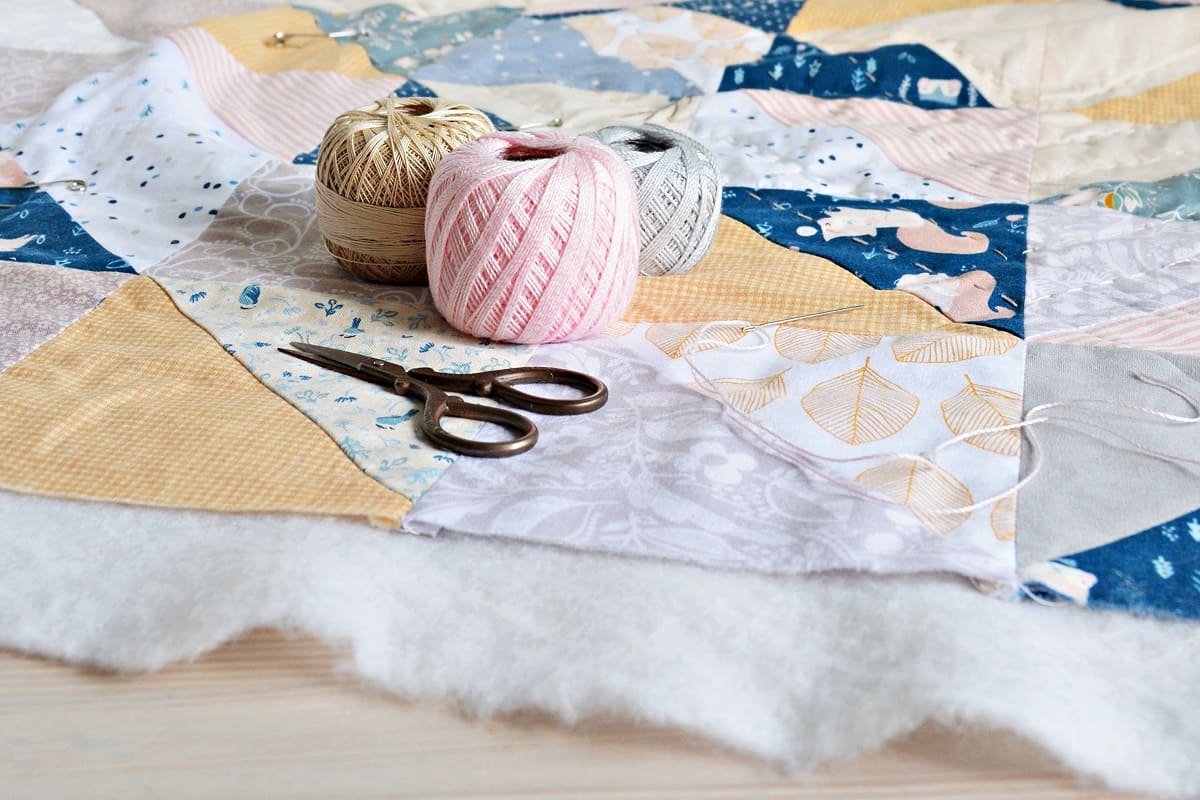
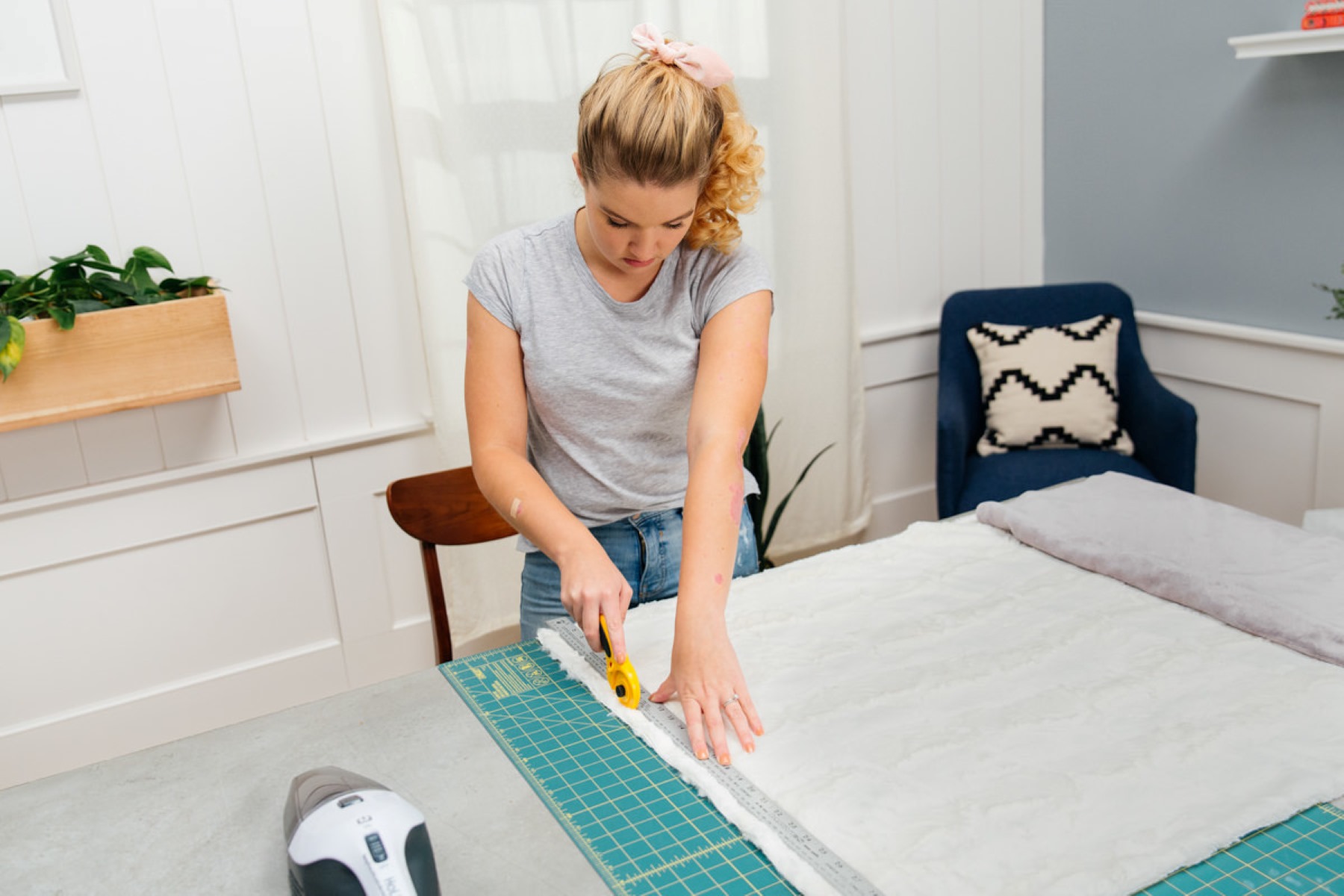
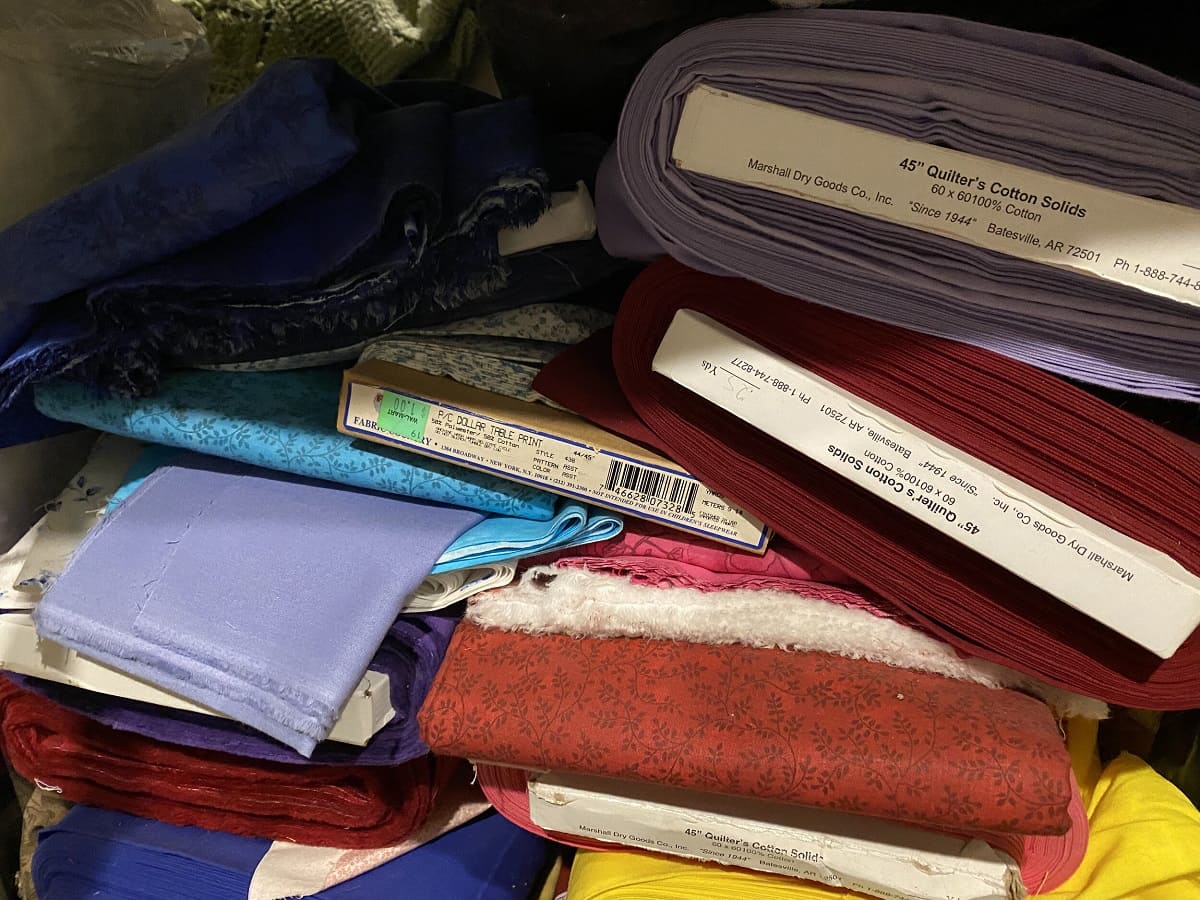
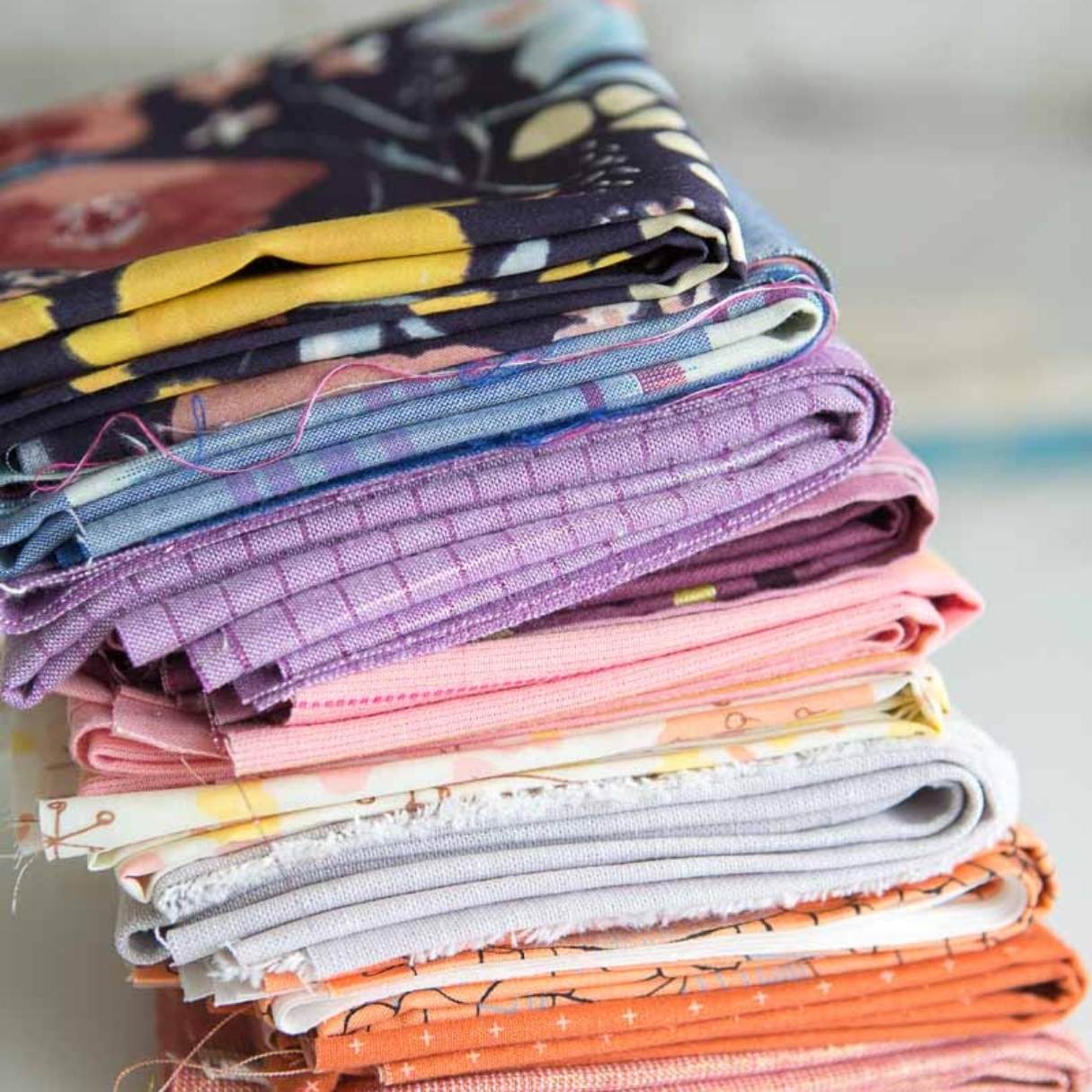

0 thoughts on “How Much Fabric Is Needed For A Quilt Border”